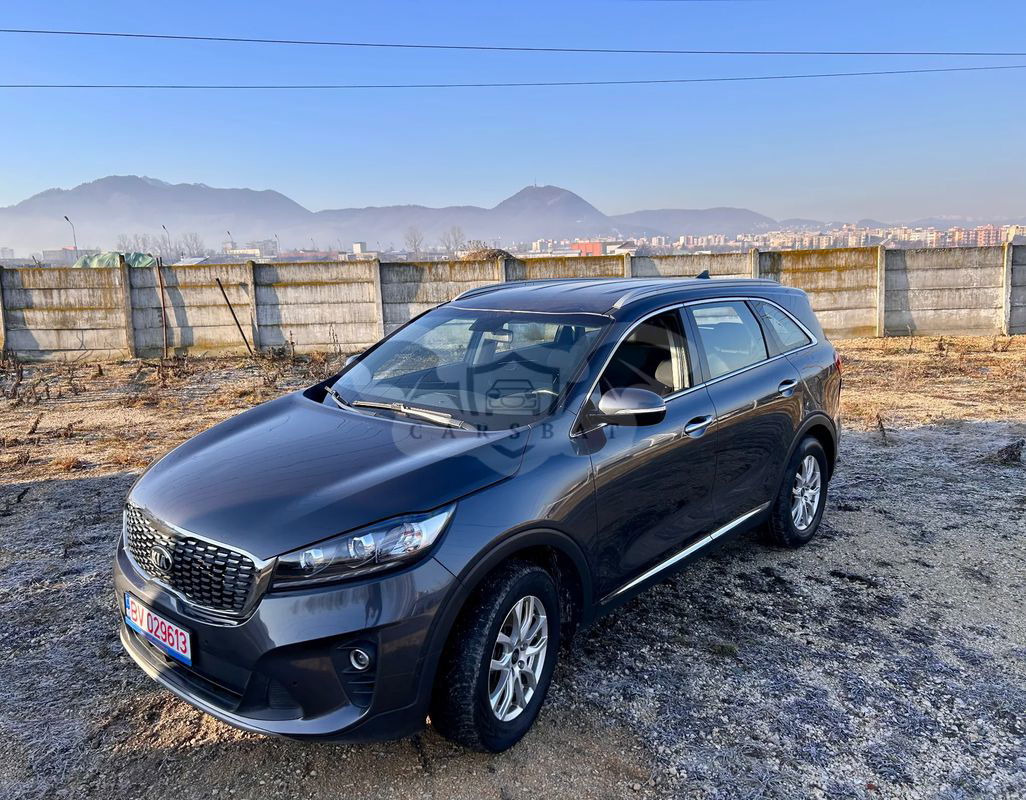
Catalog / Kia
Kia: From Humble Beginnings to Global Automotive Innovator
Kia Motors Corporation, now known simply as Kia, has transformed from a small Korean manufacturer of bicycle parts to a global automotive powerhouse. The company's journey is a testament to innovation, perseverance, and strategic vision.
Founded in 1944 as Kyungsung Precision Industry, the company initially produced bicycle parts and steel tubing. In 1952, it changed its name to Kia Industries and began producing Korea's first domestic bicycle. This marked the beginning of Kia's journey in the transportation industry.
Kia's foray into motorized vehicles began in 1961 when it started producing motorcycles. The company quickly expanded its capabilities, and by 1962, it was manufacturing trucks. This period saw Kia establishing itself as a significant player in Korea's emerging automotive industry.
A major milestone came in 1974 when Kia unveiled the Brisa, its first passenger car. This was followed by the introduction of the Kia Pride (based on the Mazda 121) in 1986, which became one of Korea's most popular cars and was also exported to other markets.
The late 1980s and early 1990s saw Kia expanding its presence in international markets. The company entered the U.S. market in 1992 with the Kia Sephia, followed by the Sportage compact SUV in 1993. These models helped establish Kia's reputation for offering affordable, practical vehicles.
However, the Asian financial crisis of 1997 hit Kia hard, leading to bankruptcy. In 1998, Hyundai Motor Company acquired a controlling stake in Kia, marking the beginning of a new era for the brand. This partnership would prove instrumental in Kia's subsequent rise to global prominence.
The early 2000s saw Kia focusing on improving quality and design. The appointment of Peter Schreyer as Chief Design Officer in 2006 was a turning point. Schreyer, known for his work at Audi, introduced Kia's distinctive 'tiger nose' grille, giving the brand a cohesive and recognizable design language.
Kia's commitment to quality began to pay off, with the brand making significant strides in reliability rankings. The introduction of the industry-leading 7-year warranty in Europe in 2007 further underscored Kia's confidence in its products and helped change consumer perceptions of the brand.
The 2010s saw Kia expanding its model range and moving upmarket. Models like the Optima, Sorento, and Stinger showcased Kia's ability to produce stylish, well-equipped vehicles that could compete with established brands. The Soul, with its quirky design, became a hit and helped Kia appeal to younger buyers.
In recent years, Kia has been at the forefront of the electric vehicle revolution. The introduction of the e-Niro and Soul EV demonstrated Kia's commitment to sustainable mobility. The EV6, launched in 2021, marked Kia's first dedicated electric vehicle platform and showcased the brand's technological capabilities.
Kia has also been expanding into new segments. The Telluride, a large SUV primarily for the North American market, has won numerous awards and helped elevate Kia's status in the competitive SUV segment. Similarly, the Carnival (known as Sedona in some markets) has redefined the minivan category with its SUV-like styling and features.
In 2021, Kia unveiled a new logo and brand slogan - 'Movement that inspires'. This rebranding reflects Kia's ambition to become a leader in the future mobility industry, focusing on electrification, mobility services, and autonomous driving technologies.
Today, Kia is a global brand with a presence in over 190 countries. Its product range spans from small city cars to luxury sedans, from compact SUVs to electric vehicles. The company's journey from a small Korean manufacturer to a respected global automaker is a remarkable story of transformation and innovation in the automotive industry.



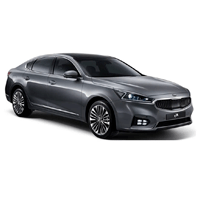

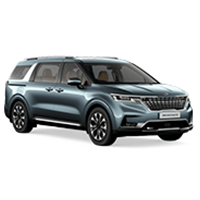

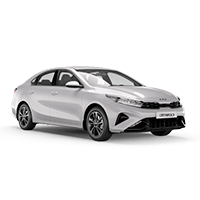
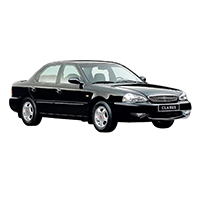
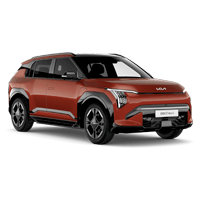
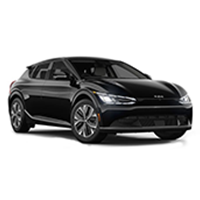
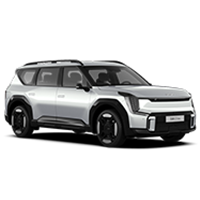
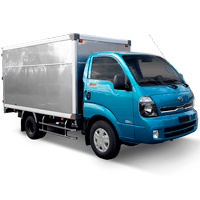
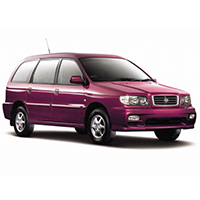
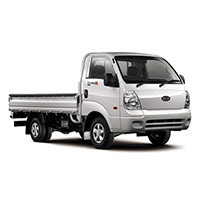
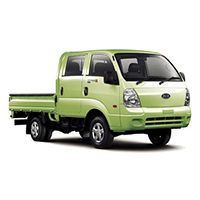
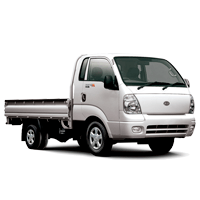
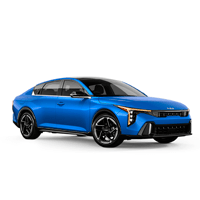
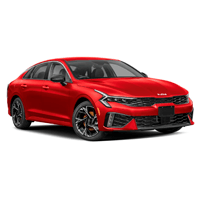
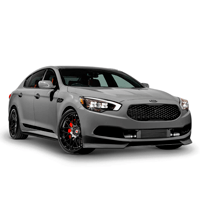
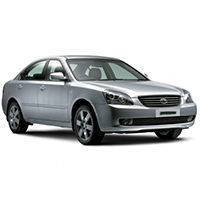
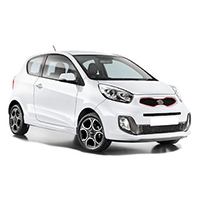

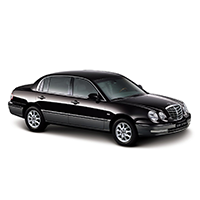



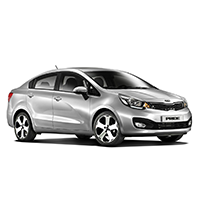

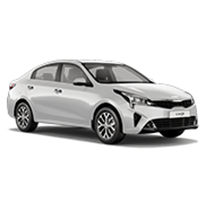
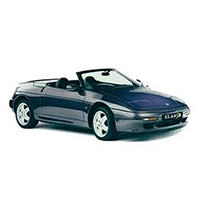

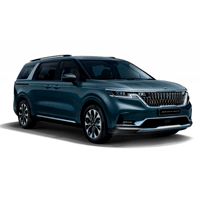
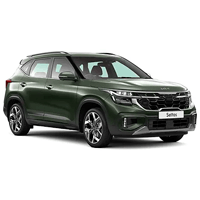
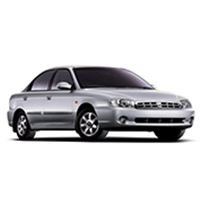
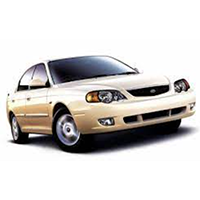
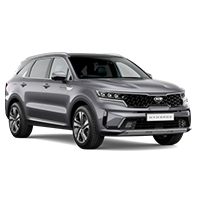
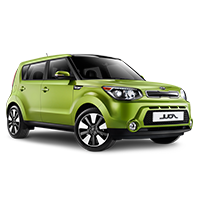
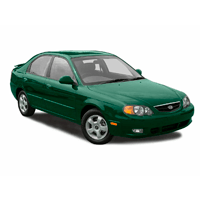
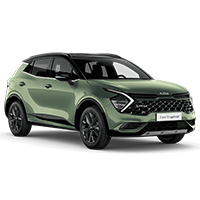

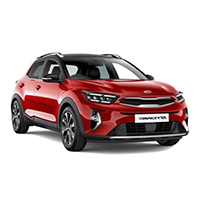
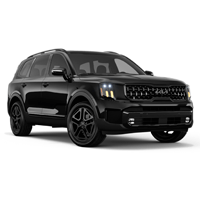
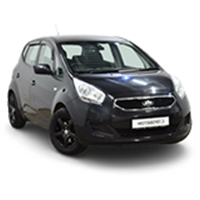
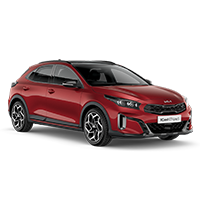
![Kia Ceed II [2012 - 2018] 1.4 CRDi 90 SW Vision 2016 Kia Ceed II [2012 - 2018] 1.4 CRDi 90 SW Vision 2016](https://cdn-img.carsbat.com/autovt/7055863848/0_u5yhm815agl189780_g6ou.jpg)
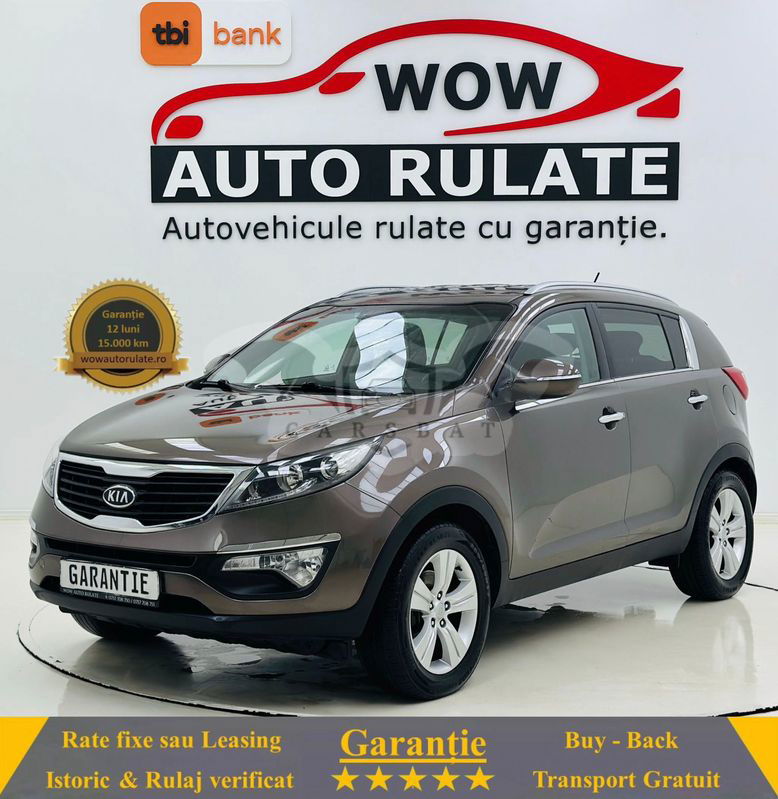
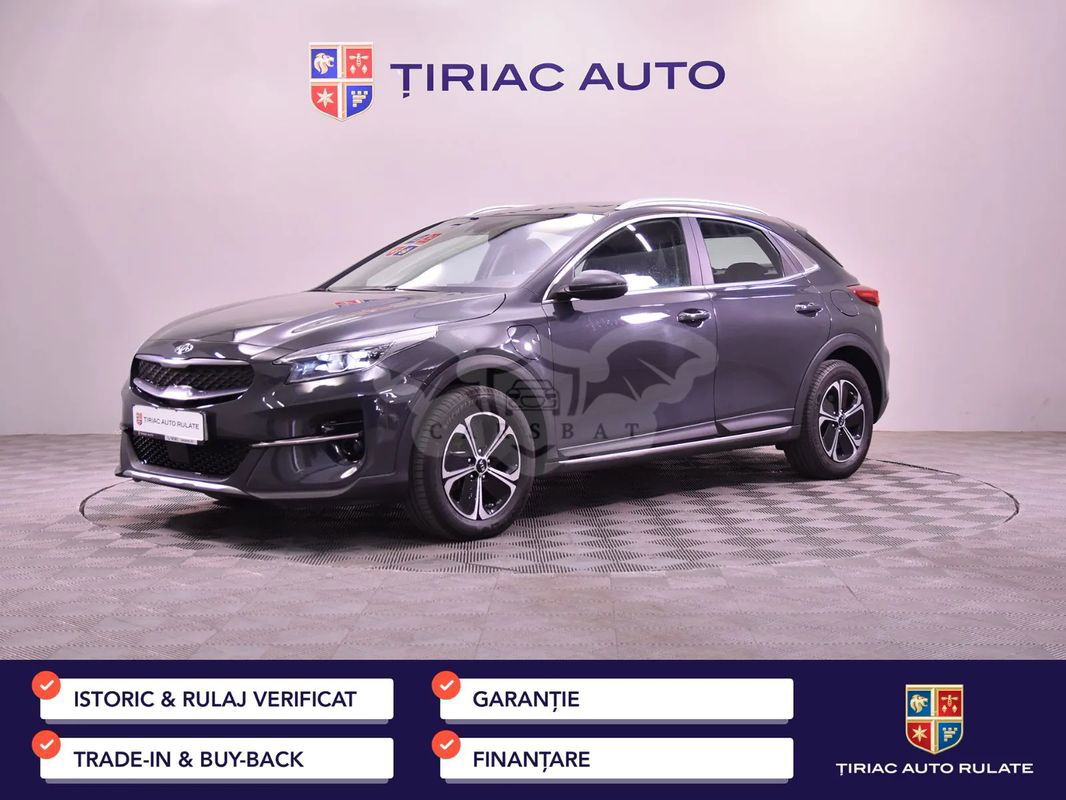
![Kia Sportage IV [2016 - 2021] 1.7 CRDI 2WD ISG Spirit 2016 Kia Sportage IV [2016 - 2021] 1.7 CRDI 2WD ISG Spirit 2016](https://cdn-img.carsbat.com/autovt/7056593498/7056593498.jpg)
![Kia Sportage III [2010 - 2016] 2.0 CRDI 2WD Spirit 2014 Kia Sportage III [2010 - 2016] 2.0 CRDI 2WD Spirit 2014](https://cdn-img.carsbat.com/autovt/7056597515/7056597515.jpg)
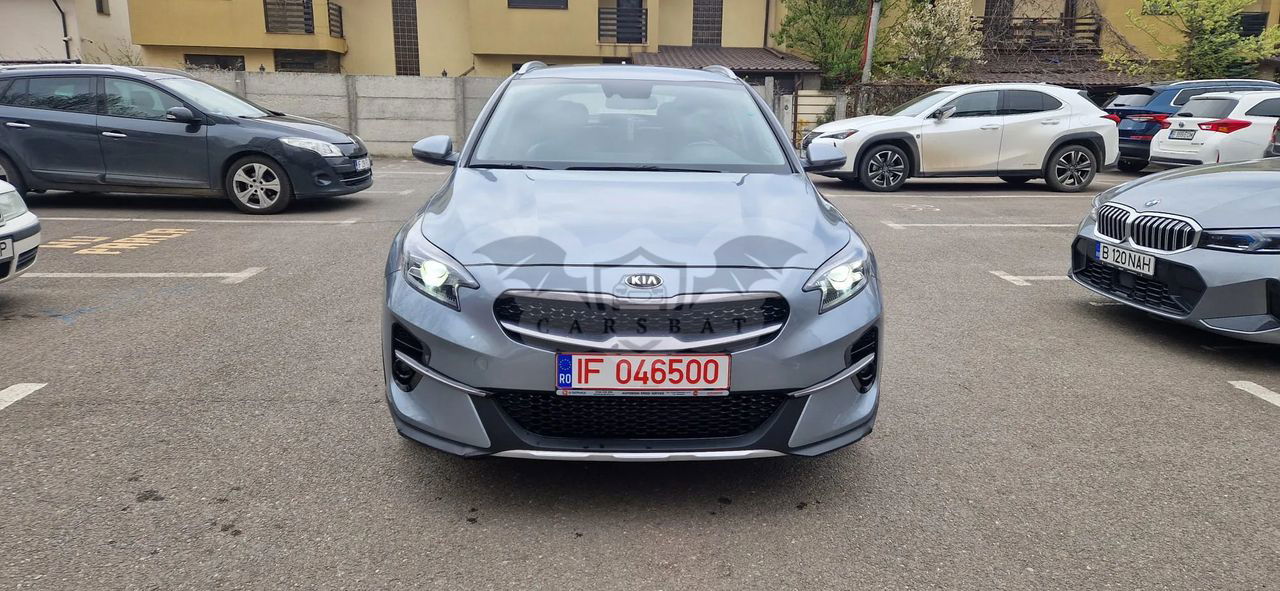
![Kia Sportage IV [2016 - 2021] 1.6 T-GDI 7DCT 4x4 GT Line 2018 Kia Sportage IV [2016 - 2021] 1.6 T-GDI 7DCT 4x4 GT Line 2018](https://cdn-img.carsbat.com/autovt/7056599099/0_u5ypk816hkl567802_ejlu.jpg)
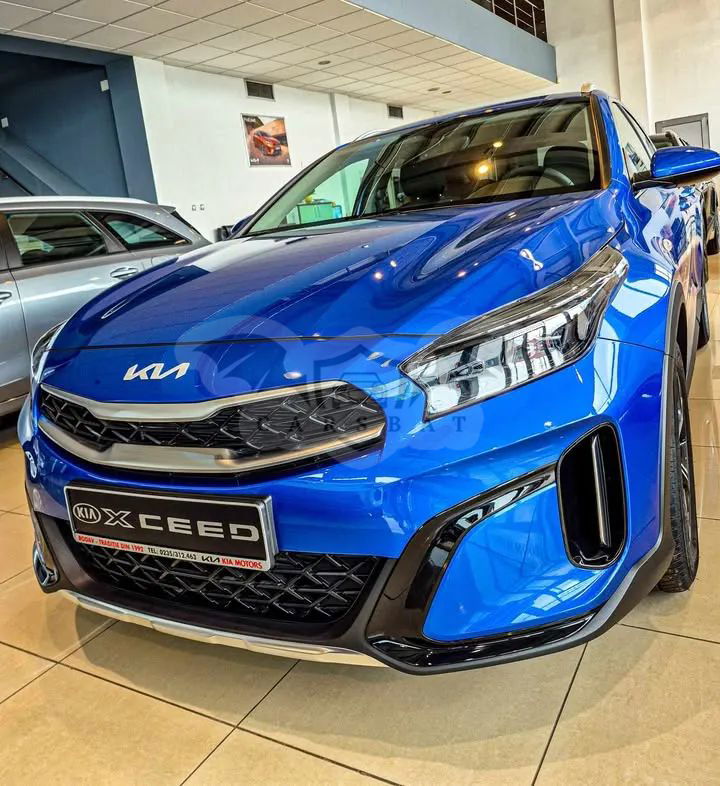
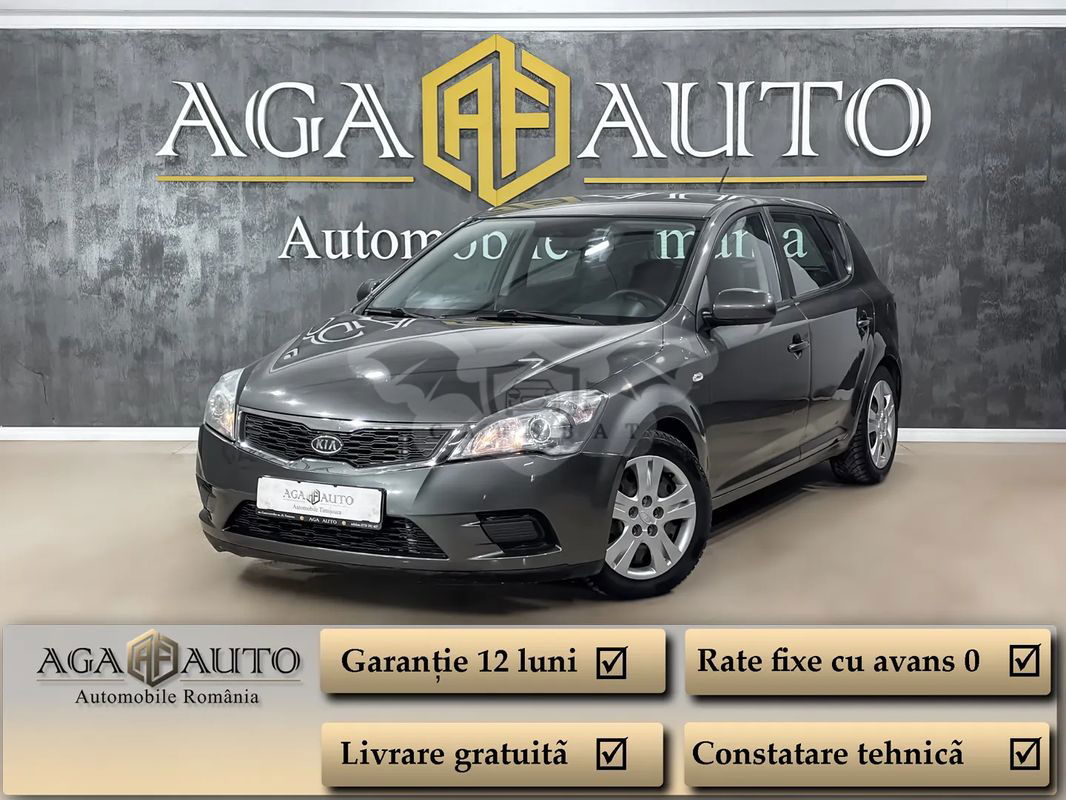
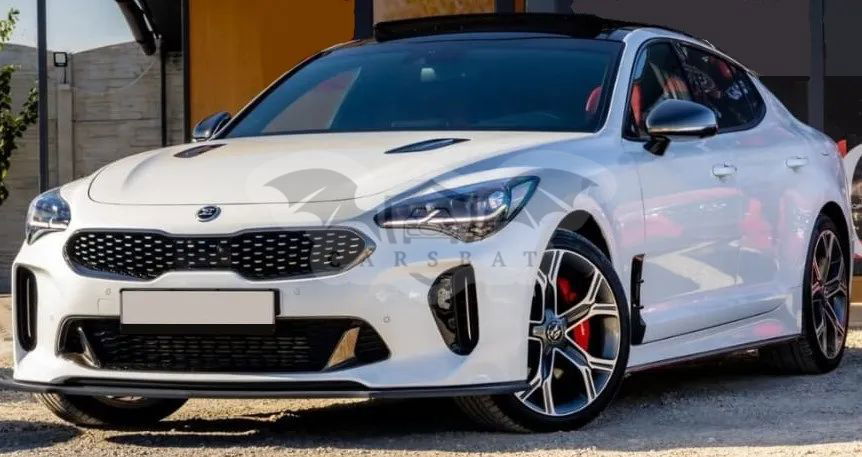
![Kia Sportage IV [2016 - 2021] 1.6 T-GDI 7DCT 4x4 GT Line 2018 Kia Sportage IV [2016 - 2021] 1.6 T-GDI 7DCT 4x4 GT Line 2018](https://cdn-img.carsbat.com/autovt/7056934179/0_u5ypk816hkl557743_t06b.jpg)
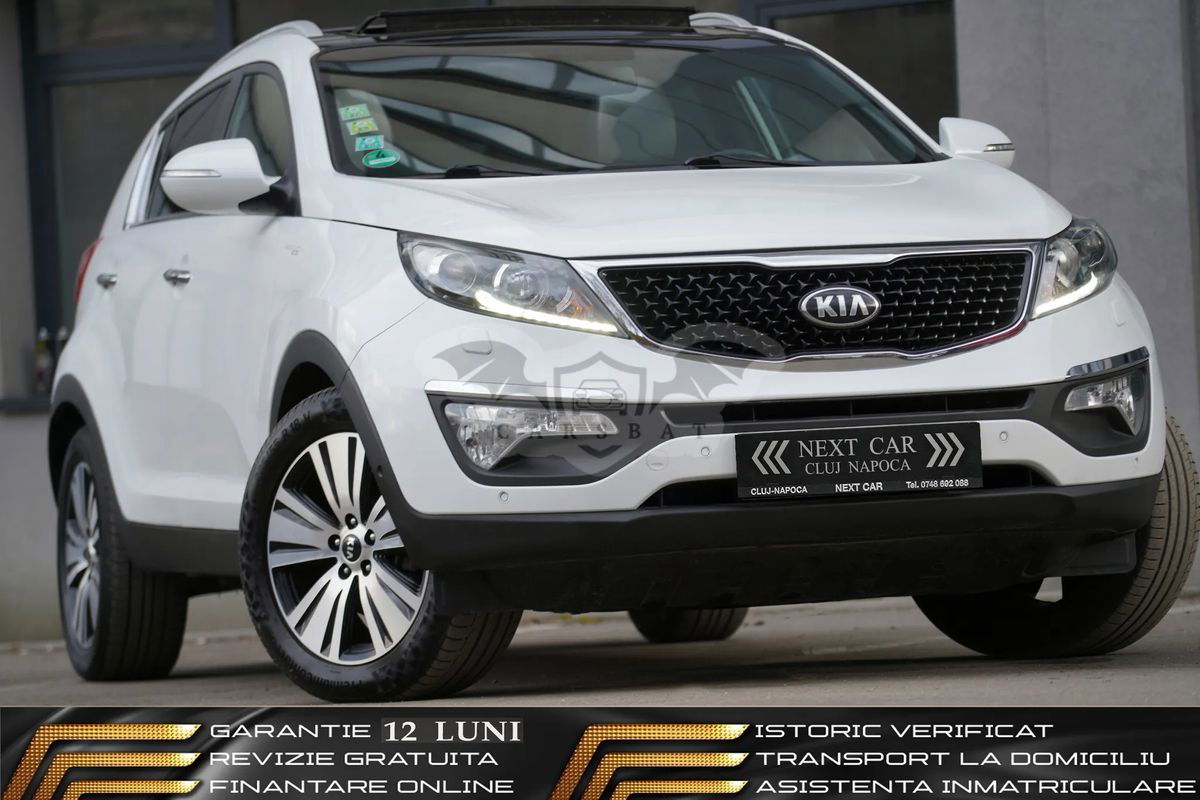
![Kia Sportage IV [2016 - 2021] 1.6 GDI 6MT 4x2 Classic 2021 Kia Sportage IV [2016 - 2021] 1.6 GDI 6MT 4x2 Classic 2021](https://cdn-img.carsbat.com/autovt/7056817254/0_u5ypg814aml038088_fdeo.jpg)
![Kia Ceed I [2007 - 2012] 2008 Kia Ceed I [2007 - 2012] 2008](https://cdn-img.carsbat.com/autovt/7056871537/7056871537.jpg)
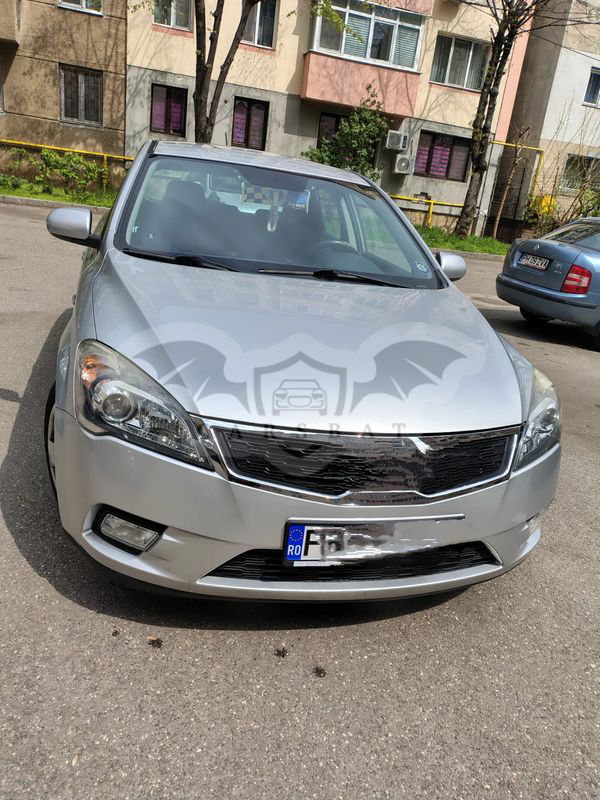
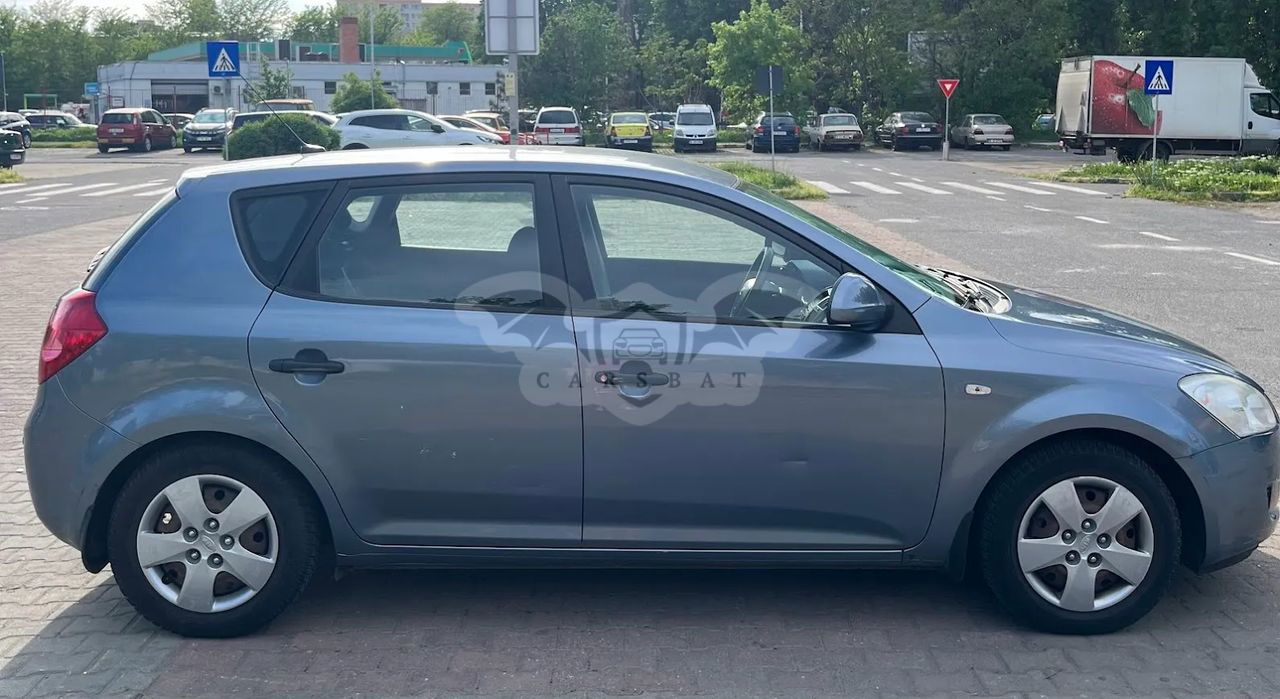
![Kia Sportage III [2010 - 2016] 2,0 CRDI AWD Aut. Vision 2012 Kia Sportage III [2010 - 2016] 2,0 CRDI AWD Aut. Vision 2012](https://cdn-img.carsbat.com/autovt/7056590972/0_u5ypc813dcl169401_m3py.jpg)
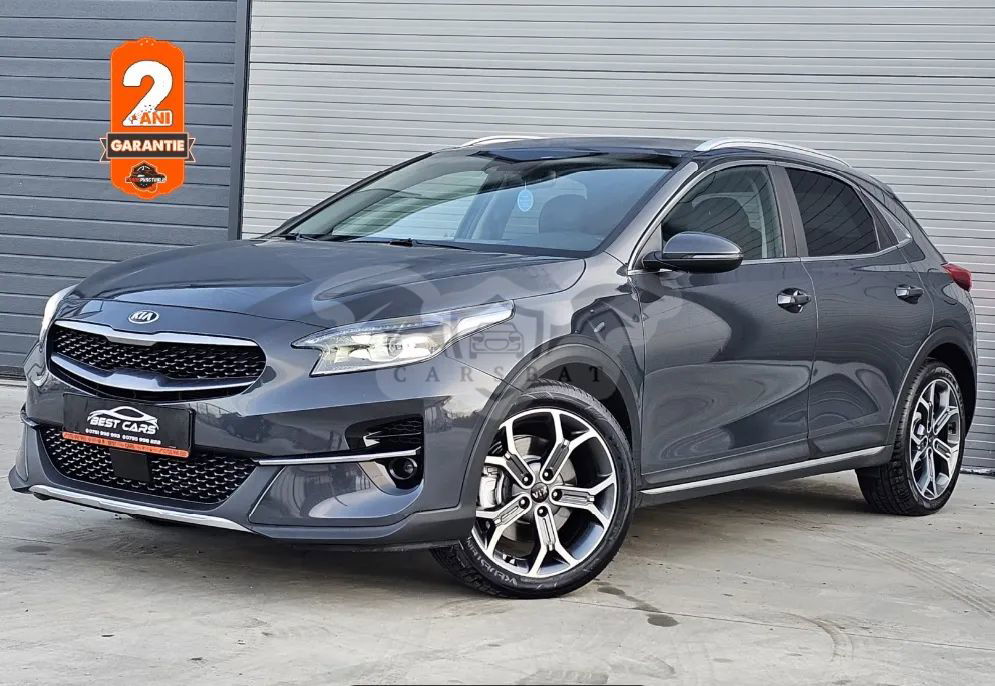
![Kia Sportage IV [2016 - 2021] 1.6 CRDI AWD DCT VISION 2020 Kia Sportage IV [2016 - 2021] 1.6 CRDI AWD DCT VISION 2020](https://cdn-img.carsbat.com/autovt/7055563085/0_u5yph812hll875363_uhth.jpg)
![Kia Sportage IV [2016 - 2021] 1.7 CRDI 2WD Dream-Team Edition 2017 Kia Sportage IV [2016 - 2021] 1.7 CRDI 2WD Dream-Team Edition 2017](https://cdn-img.carsbat.com/autovt/7056854375/0_u5ypg815ahl332517_pxvo.jpg)
![Kia Ceed I [2007 - 2012] Cee'd 1.4 GSL LX BEST 2007 Kia Ceed I [2007 - 2012] Cee'd 1.4 GSL LX BEST 2007](https://cdn-img.carsbat.com/autovt/7056877350/0_u5yff24128l070640_skz3.jpg)
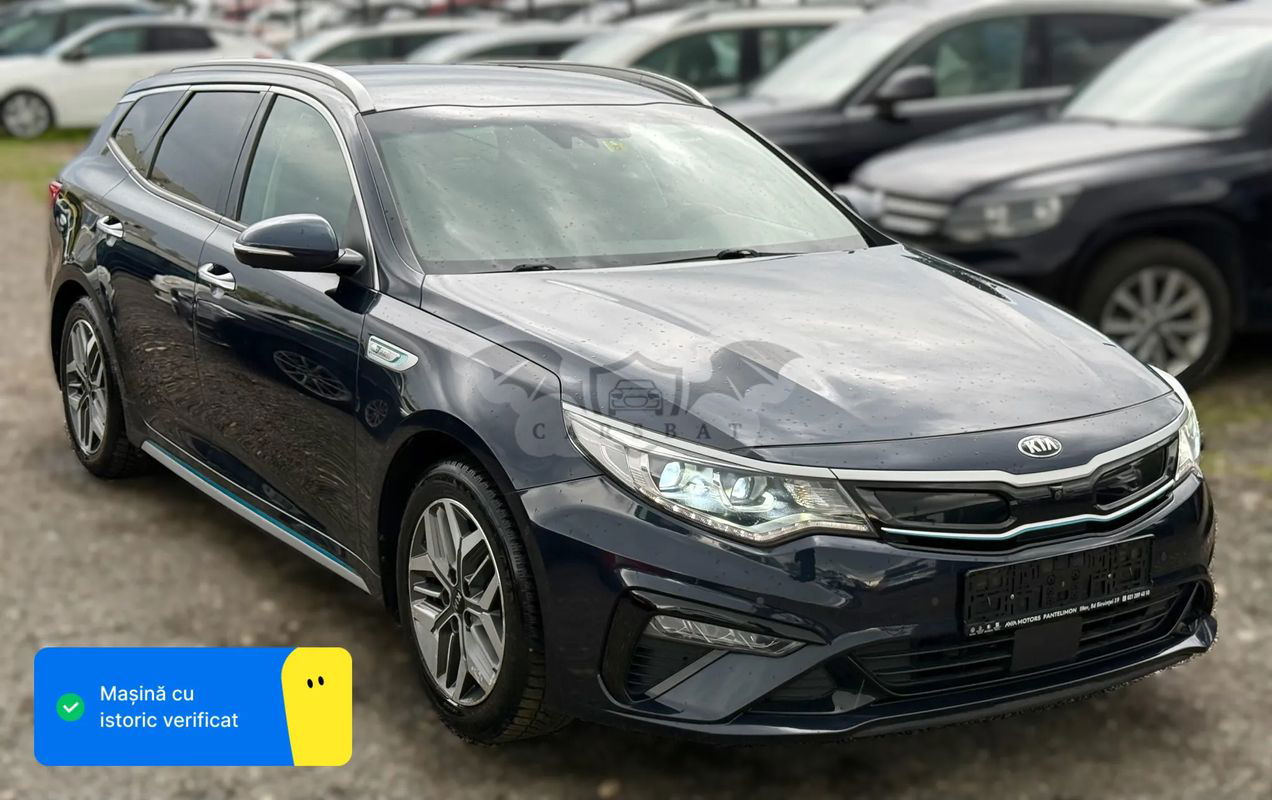
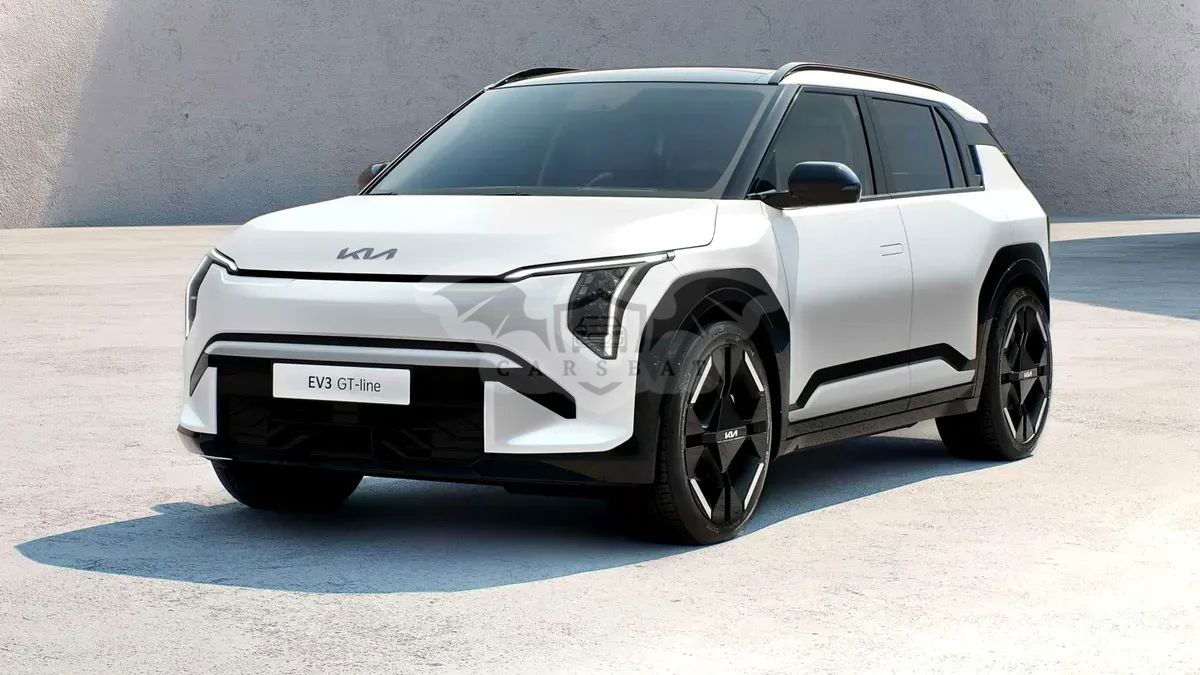
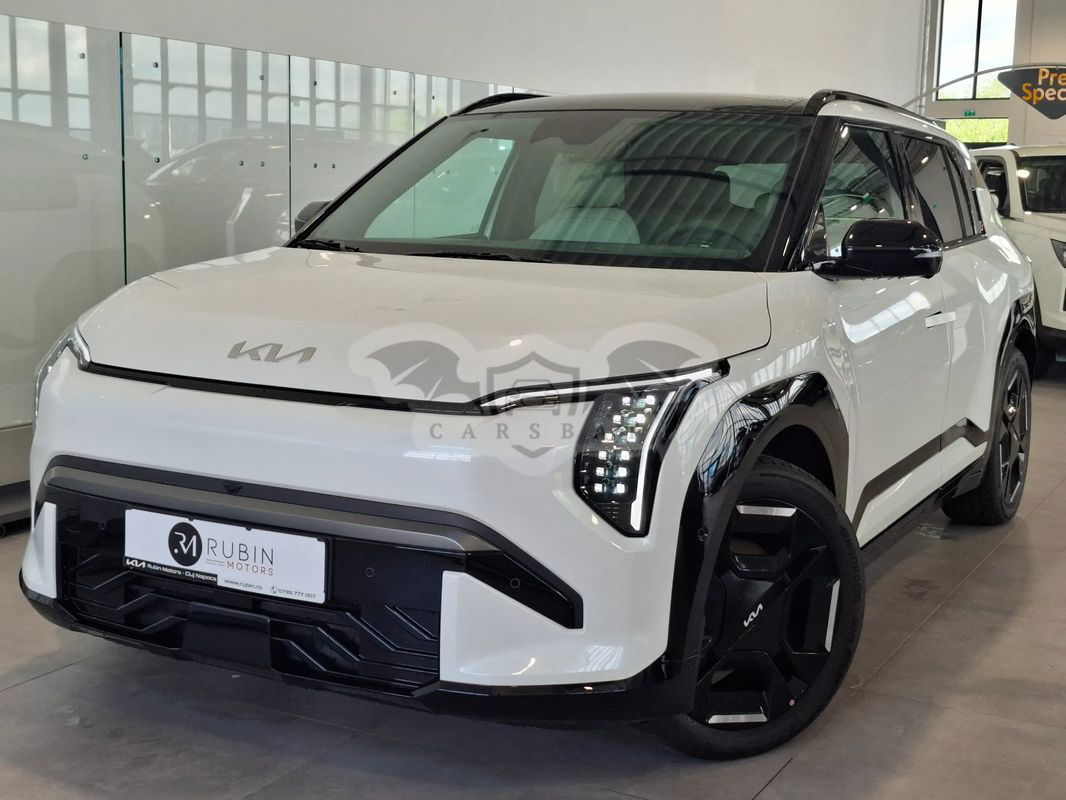
![Kia Sportage IV [2016 - 2021] 2019 Kia Sportage IV [2016 - 2021] 2019](https://cdn-img.carsbat.com/autovt/7056579415/0_u5yph812hkl568323_hzbm.jpg)
![Kia Sportage III [2010 - 2016] 1.7 DSL 6MT 4x2 Plus 2014 Kia Sportage III [2010 - 2016] 1.7 DSL 6MT 4x2 Plus 2014](https://cdn-img.carsbat.com/autovt/7056592922/0_u5ypc815ael474916_smfi.jpg)
![Kia Sportage IV [2016 - 2021] 1.6 T-GDI 7DCT 4x4 Style 2019 Kia Sportage IV [2016 - 2021] 1.6 T-GDI 7DCT 4x4 Style 2019](https://cdn-img.carsbat.com/autovt/7056299595/7056299595.jpg)
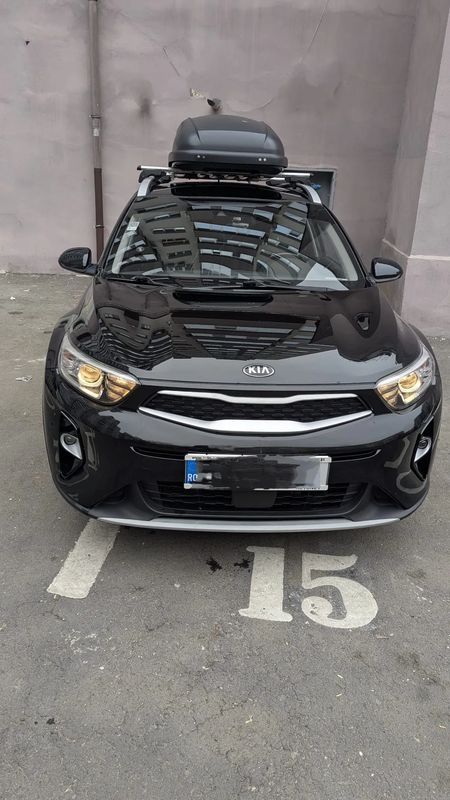
![Kia Ceed II [2012 - 2018] Cee'd 1.4 GSL Best 2017 Kia Ceed II [2012 - 2018] Cee'd 1.4 GSL Best 2017](https://cdn-img.carsbat.com/autovt/7056557915/0_u5yhm51bahl307958_b82g.jpg)
![Kia Sportage IV [2016 - 2021] 2021 Kia Sportage IV [2016 - 2021] 2021](https://cdn-img.carsbat.com/autovt/7056569320/0_u5ypg814aml022344_li04.jpg)
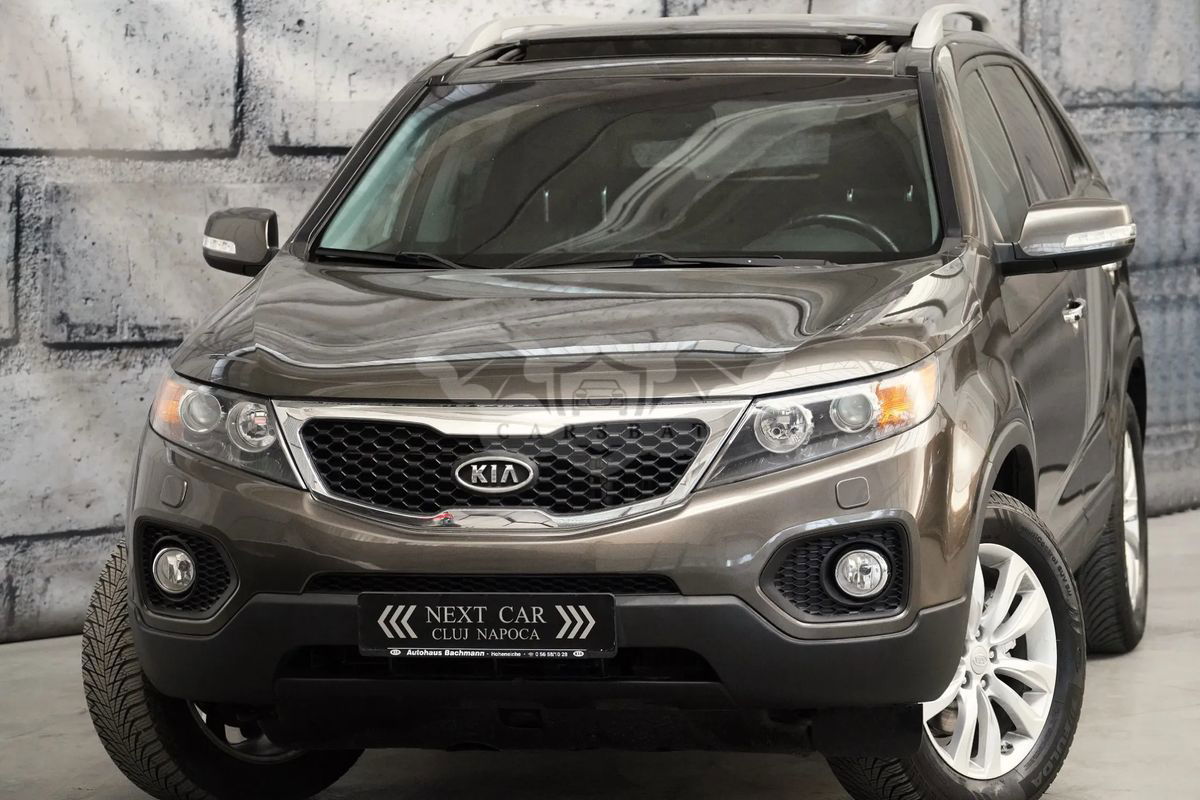
![Kia Ceed II [2012 - 2018] Cee'd 1.4 GSL Best 2017 Kia Ceed II [2012 - 2018] Cee'd 1.4 GSL Best 2017](https://cdn-img.carsbat.com/autovt/7057007503/7057007503.jpg)
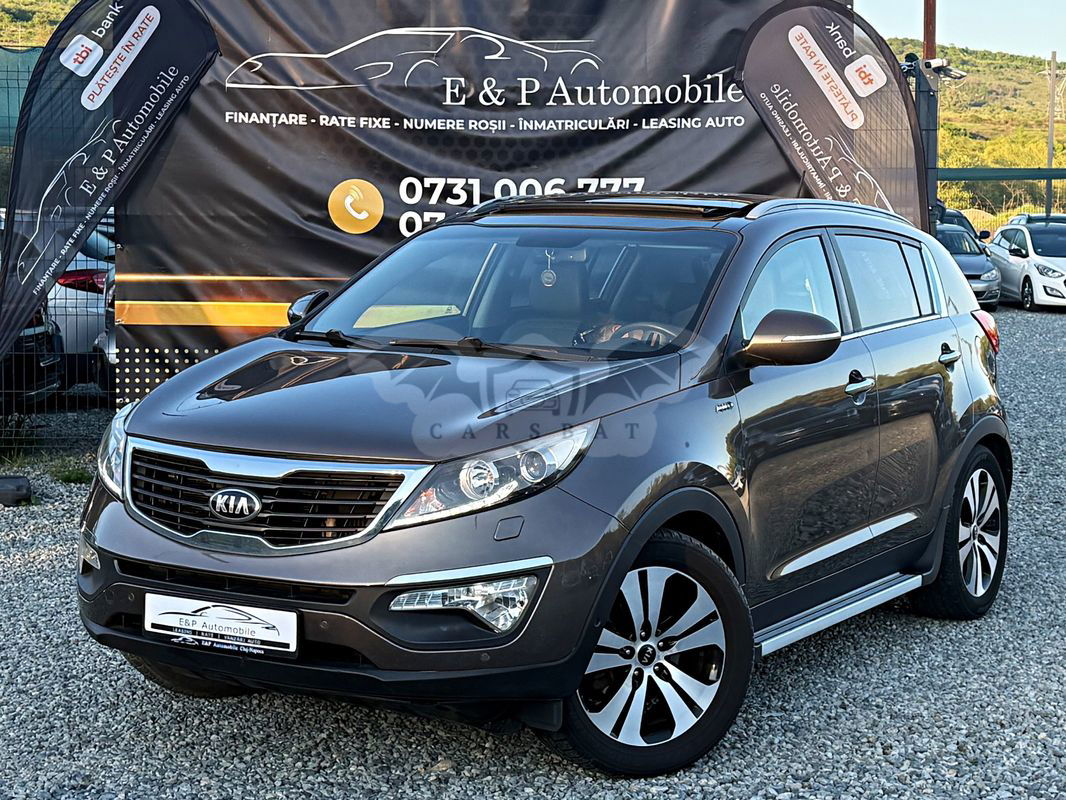
![Kia Sportage IV [2016 - 2021] 1.6 GDI 6MT 4x2 Style 2019 Kia Sportage IV [2016 - 2021] 1.6 GDI 6MT 4x2 Style 2019](https://cdn-img.carsbat.com/autovt/7056885866/0_u5ypg814akl701341_simc.jpg)
![Kia Ceed III [2018 - Prezent] SW 1.6 GDI DCT OPF Plug-in-Hybrid Vision 2022 Kia Ceed III [2018 - Prezent] SW 1.6 GDI DCT OPF Plug-in-Hybrid Vision 2022](https://cdn-img.carsbat.com/autovt/7056582047/0_u5yh581agnl024043_0au0.jpg)
![Kia Sportage III [2010 - 2016] 1.7 CRDI 2WD Dream-Team Edition 2013 Kia Sportage III [2010 - 2016] 1.7 CRDI 2WD Dream-Team Edition 2013](https://cdn-img.carsbat.com/autovt/7056805602/0_u5ypc815adl341314_tdtt.jpg)
![Kia Sportage IV [2016 - 2021] 1.6 DSL 7DCT HP 4x4 GT Line 2020 Kia Sportage IV [2016 - 2021] 1.6 DSL 7DCT HP 4x4 GT Line 2020](https://cdn-img.carsbat.com/autovt/7056834614/7056834614.jpg)
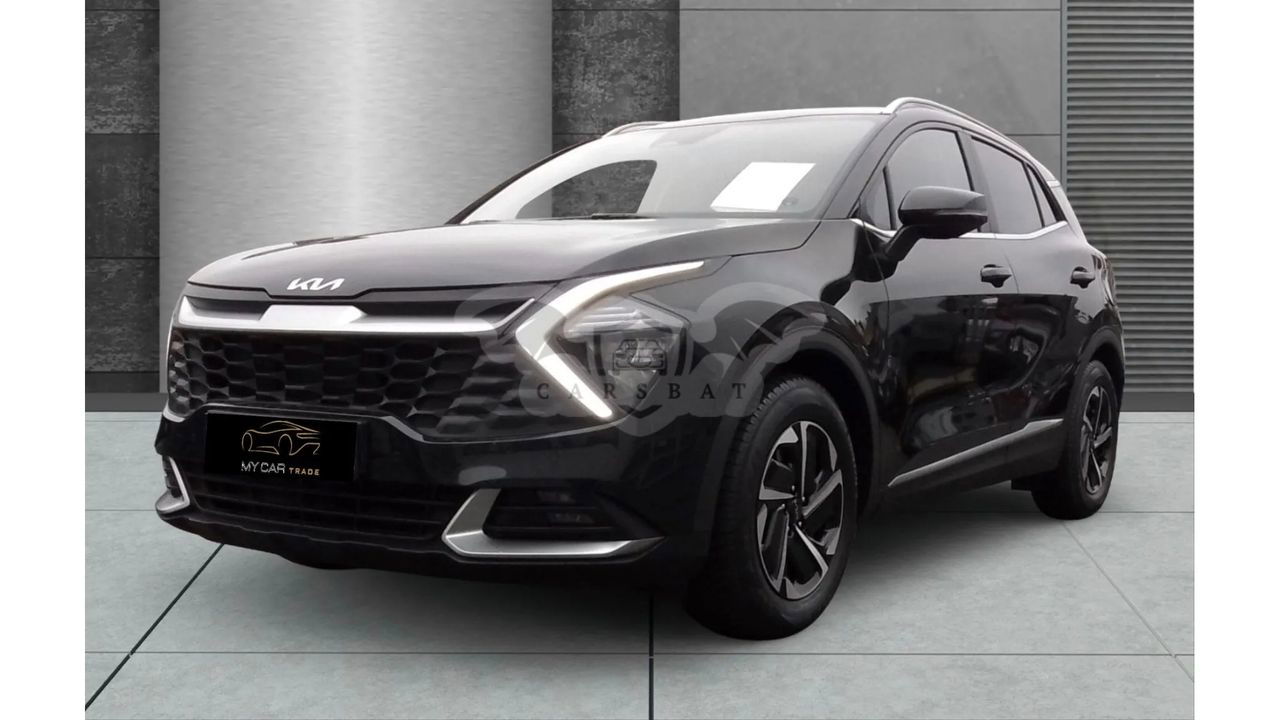
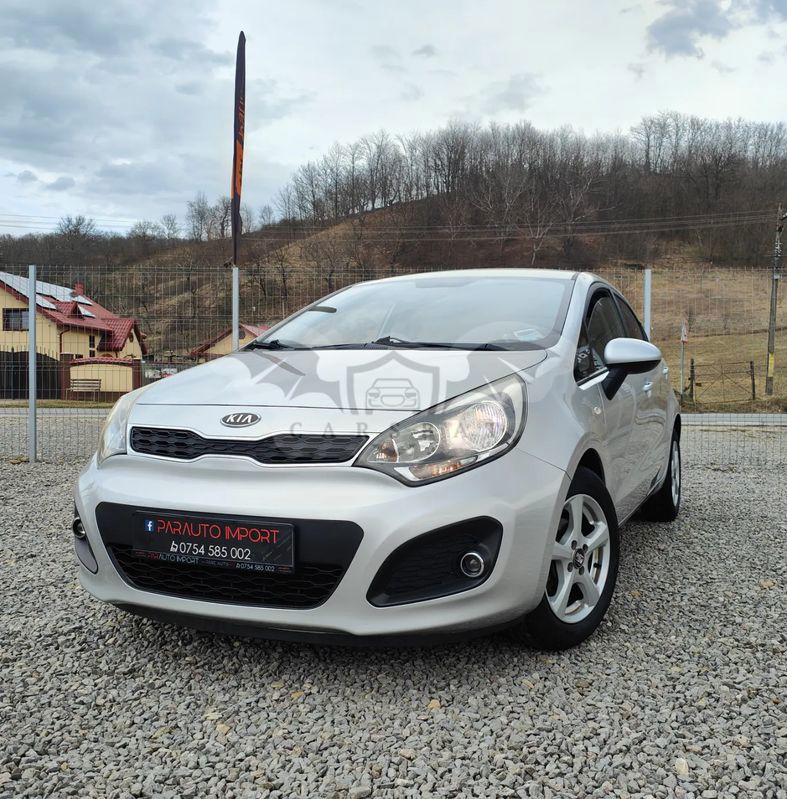
![Kia Sorento III [2014 - 2020] 2.2 CRDi AWD Aut. Platinum Edition 2020 Kia Sorento III [2014 - 2020] 2.2 CRDi AWD Aut. Platinum Edition 2020](https://cdn-img.carsbat.com/autovt/7056559668/7056559668.jpg)
![Kia Ceed I [2007 - 2012] 2008 Kia Ceed I [2007 - 2012] 2008](https://cdn-img.carsbat.com/autovt/7056538907/0_u5yff52428l056440_7wlo.jpg)
![Kia Ceed I [2007 - 2012] 1.6 CRDi 115 Edition 7 2009 Kia Ceed I [2007 - 2012] 1.6 CRDi 115 Edition 7 2009](https://cdn-img.carsbat.com/autovt/7056544809/7056544809.jpg)
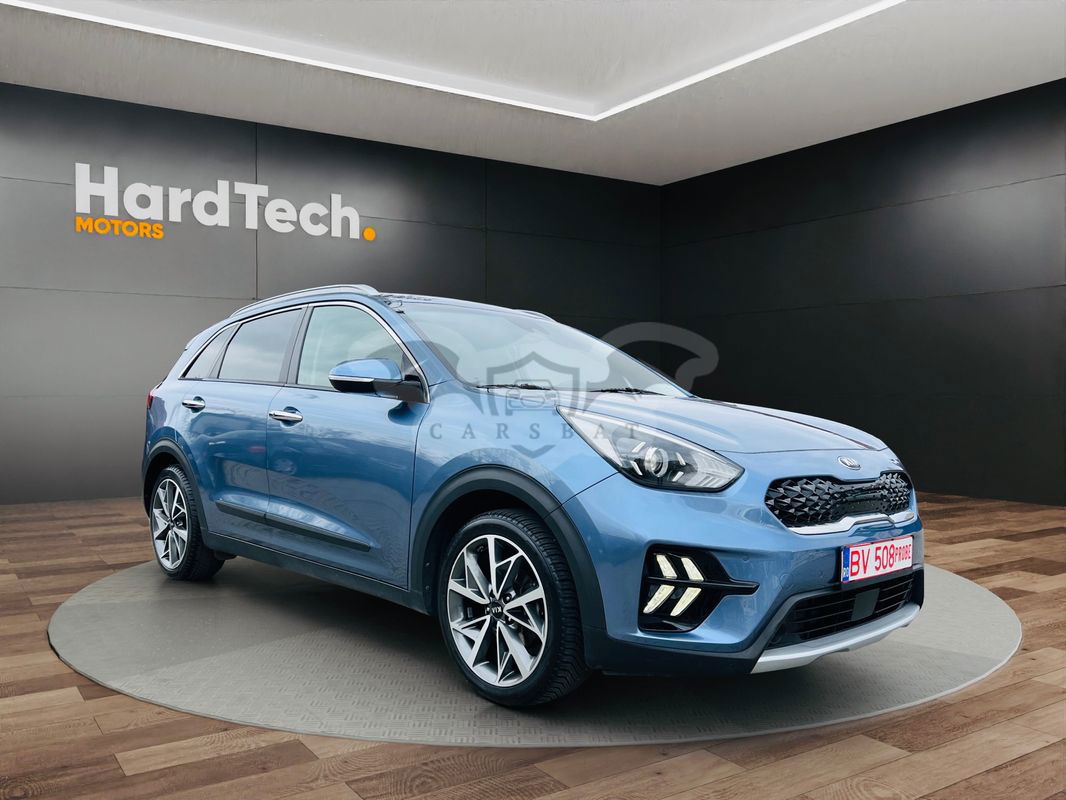
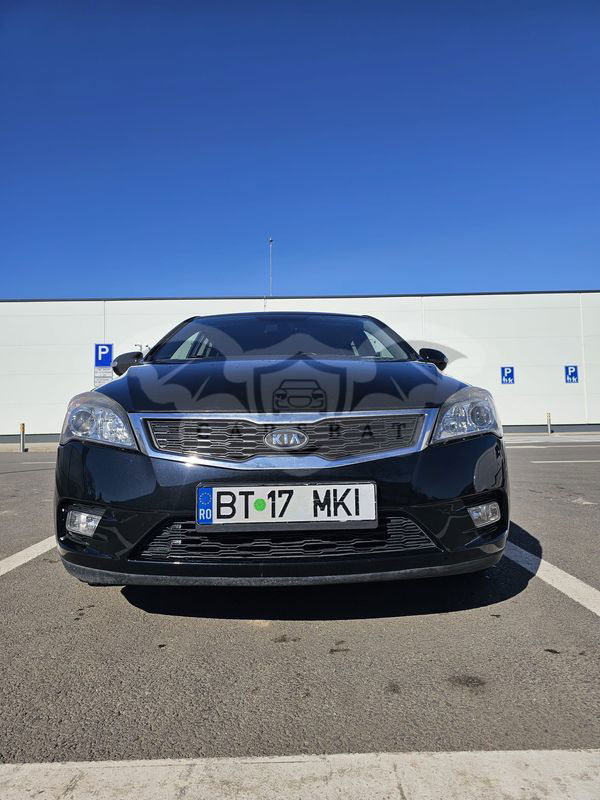
![Kia Sportage III [2010 - 2016] 2014 Kia Sportage III [2010 - 2016] 2014](https://cdn-img.carsbat.com/autovt/7056537404/0_u5ypc813del559366_f6xy.jpg)
![Kia Ceed II [2012 - 2018] 2013 Kia Ceed II [2012 - 2018] 2013](https://cdn-img.carsbat.com/autovt/7056135378/0_u5yhm516ael099653_phmw.jpg)

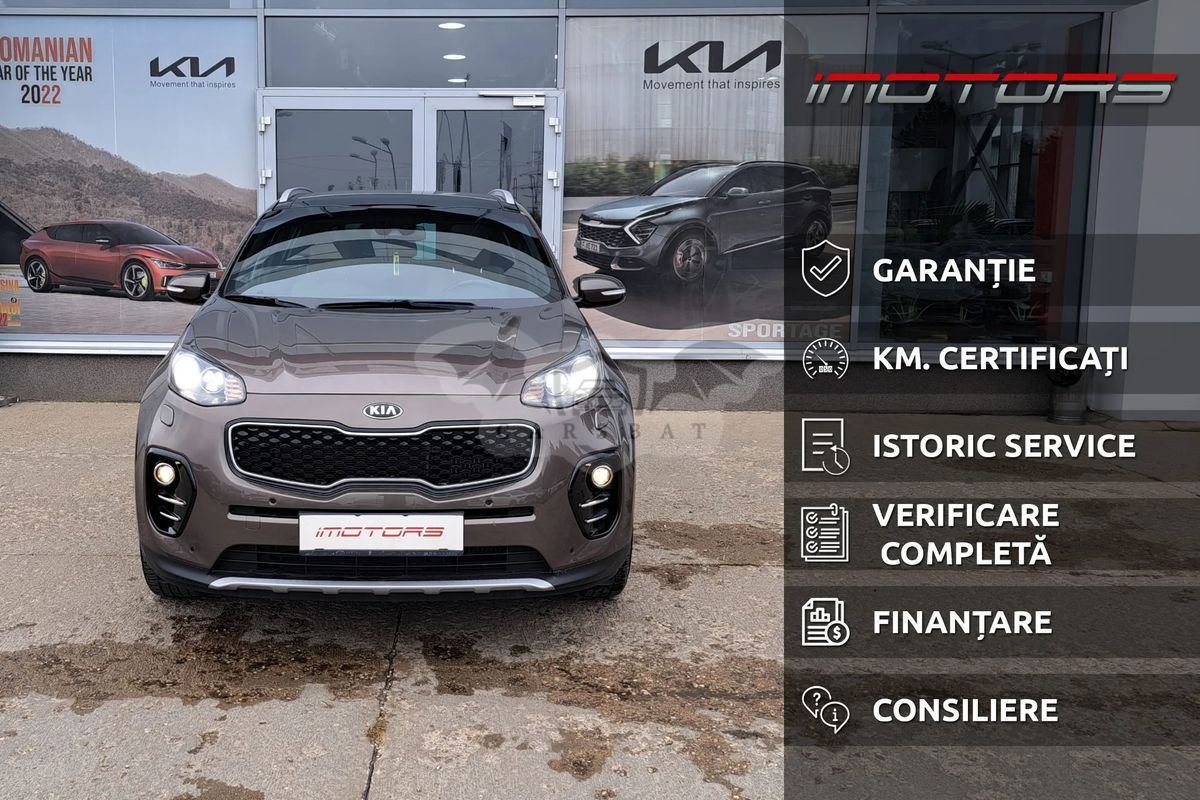
![Kia Sportage V [2021 - Prezent] 1.6 T-GDI HEV 6AT 4x4 GT Line 2024 Kia Sportage V [2021 - Prezent] 1.6 T-GDI HEV 6AT 4x4 GT Line 2024](https://cdn-img.carsbat.com/autovt/7055840595/7055840595.jpg)
